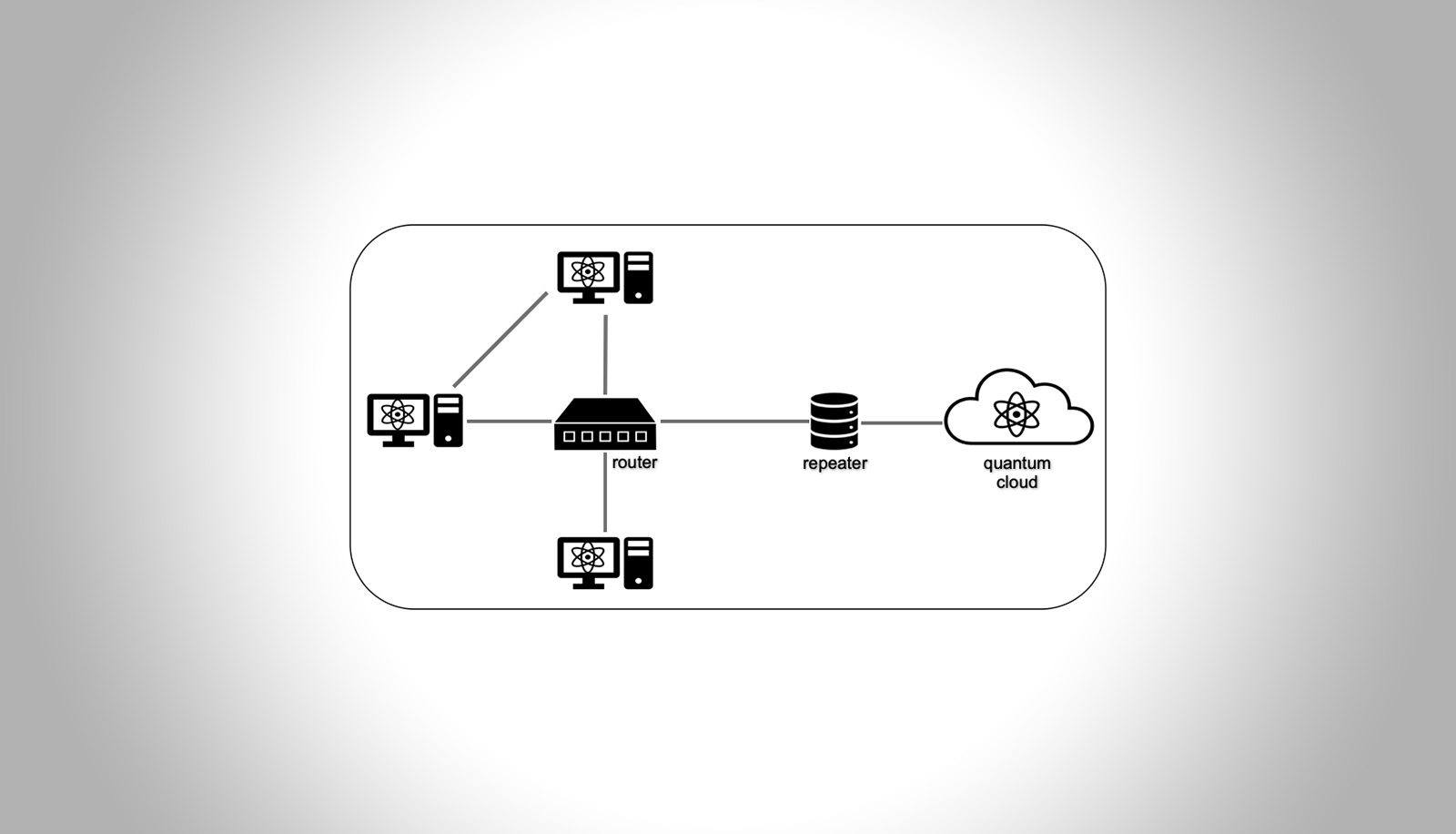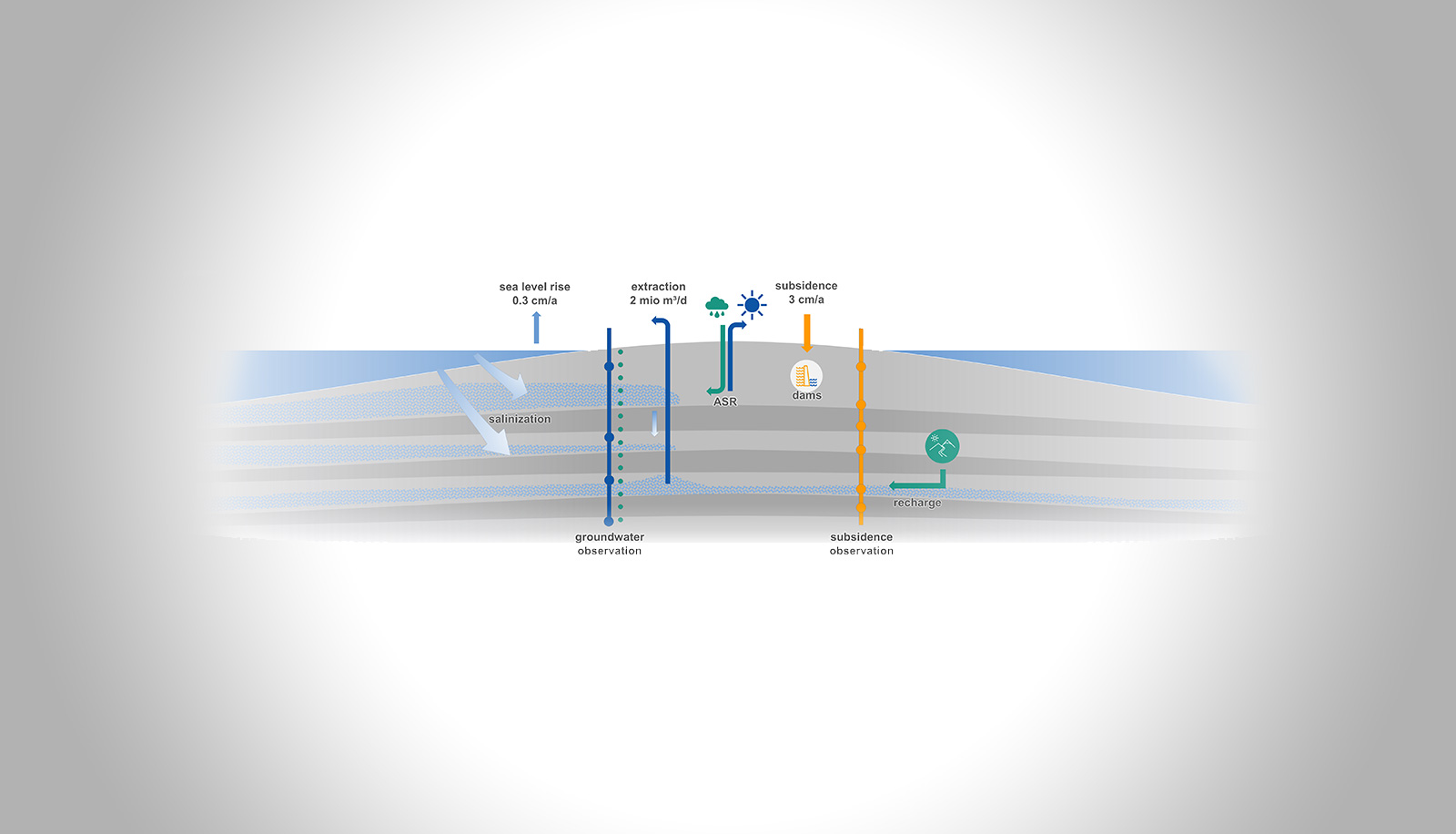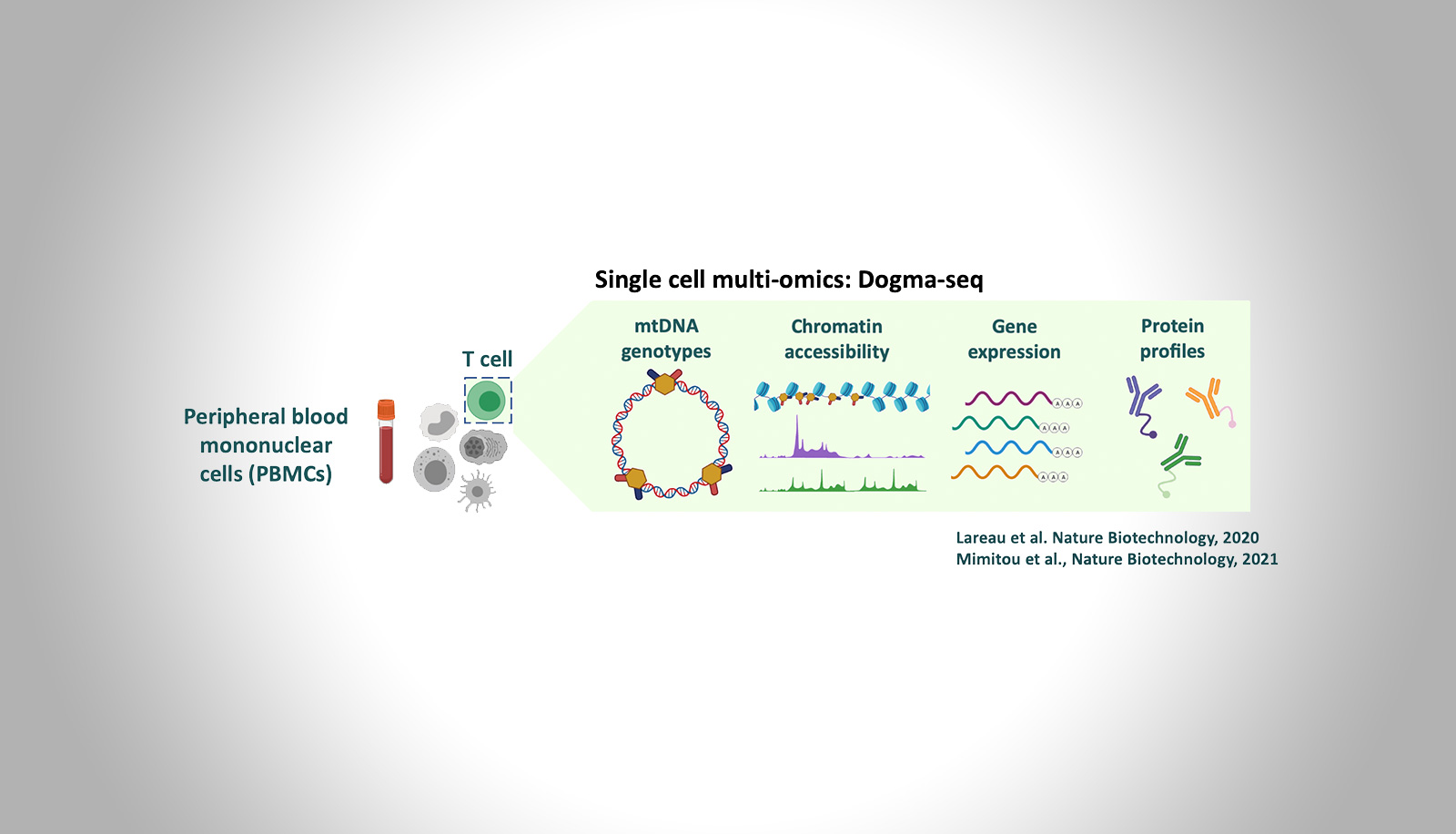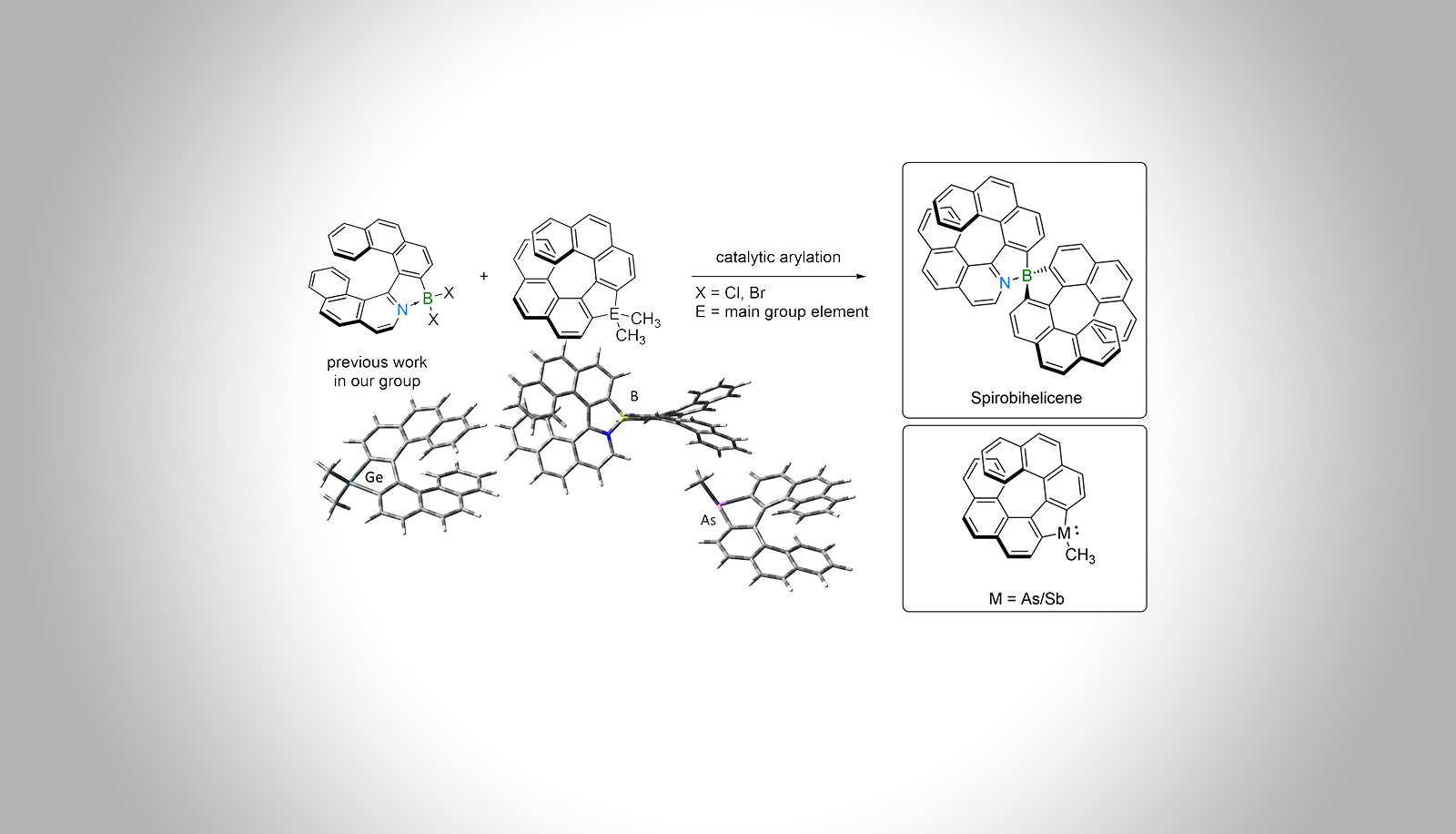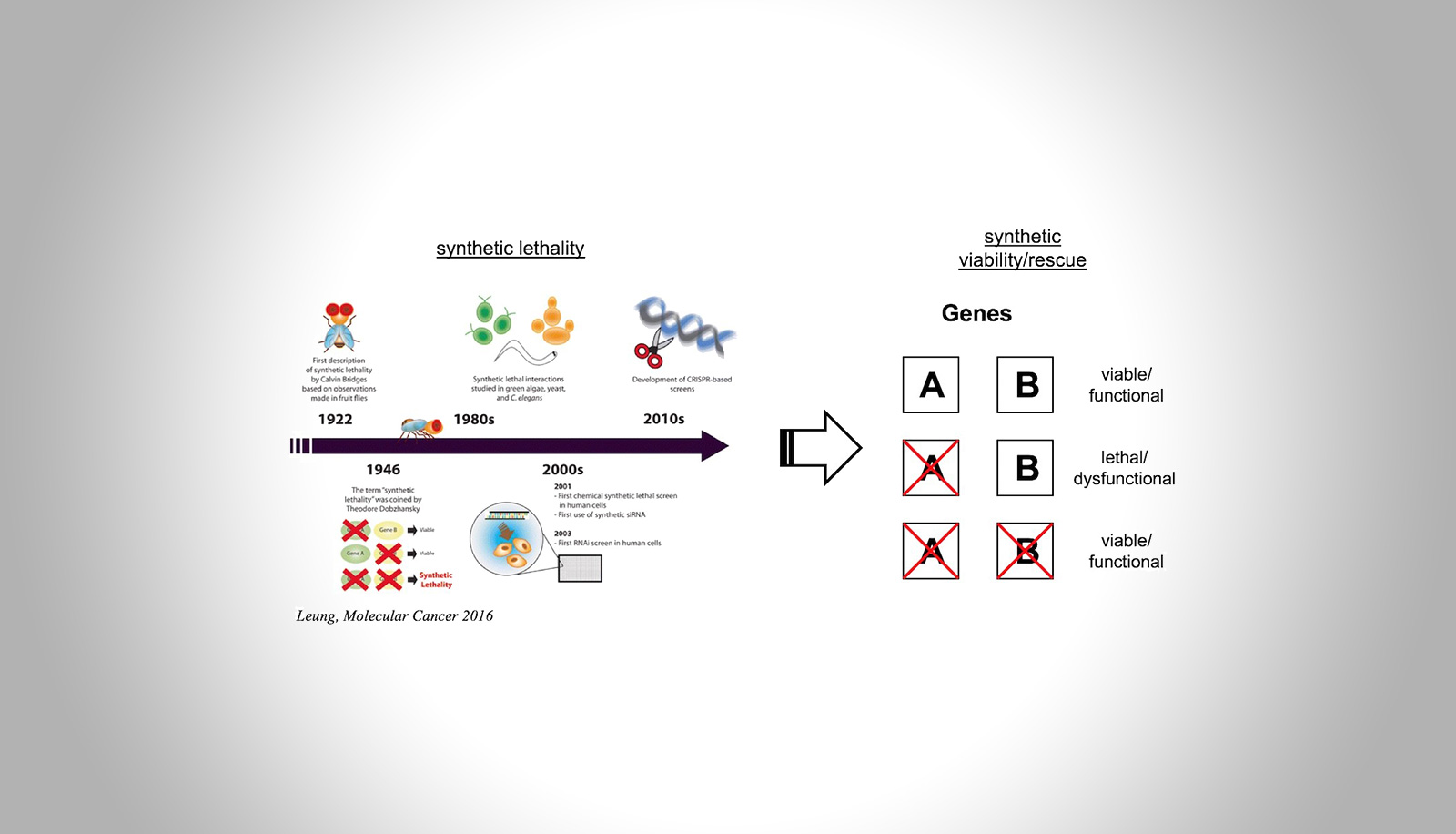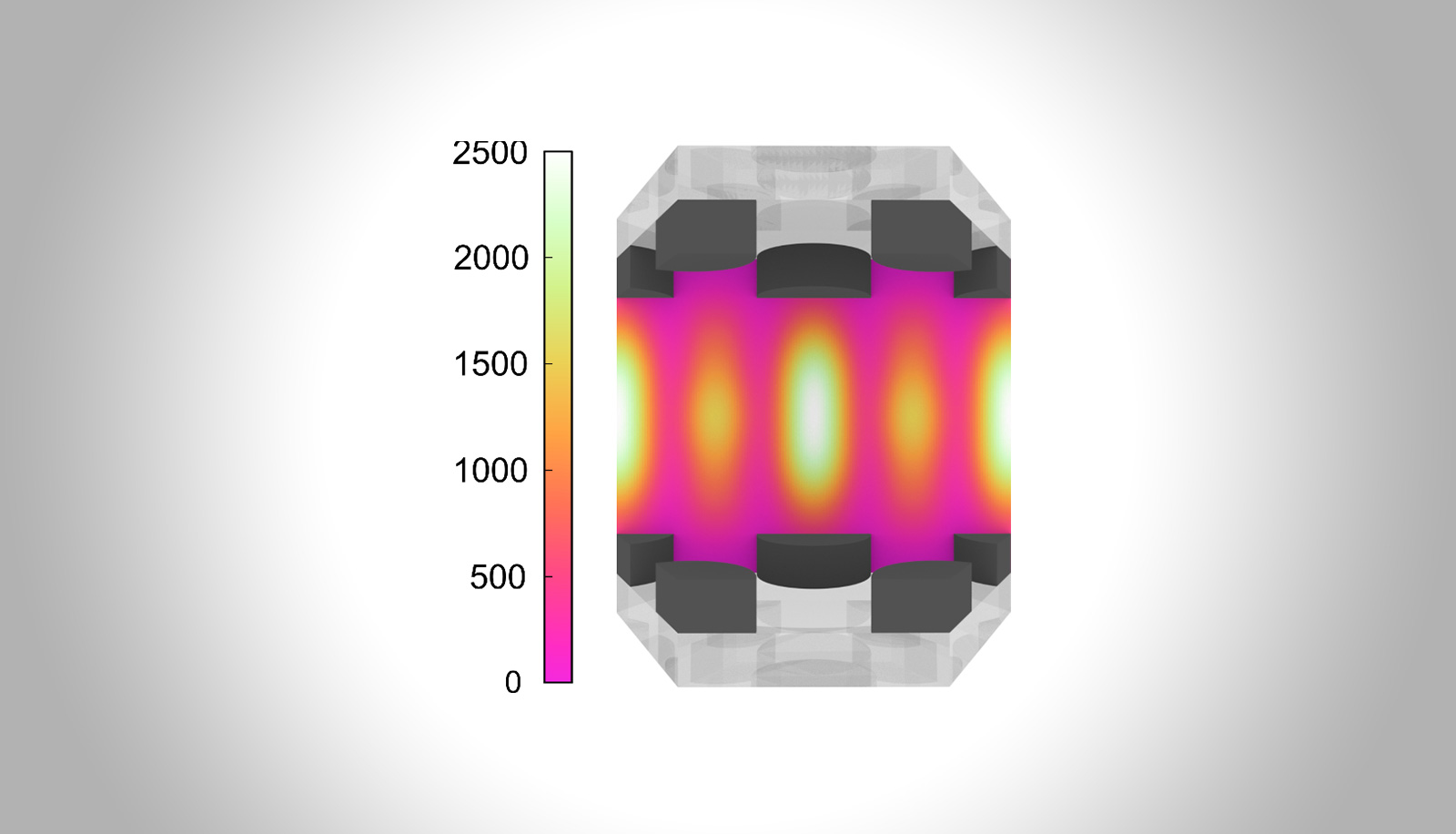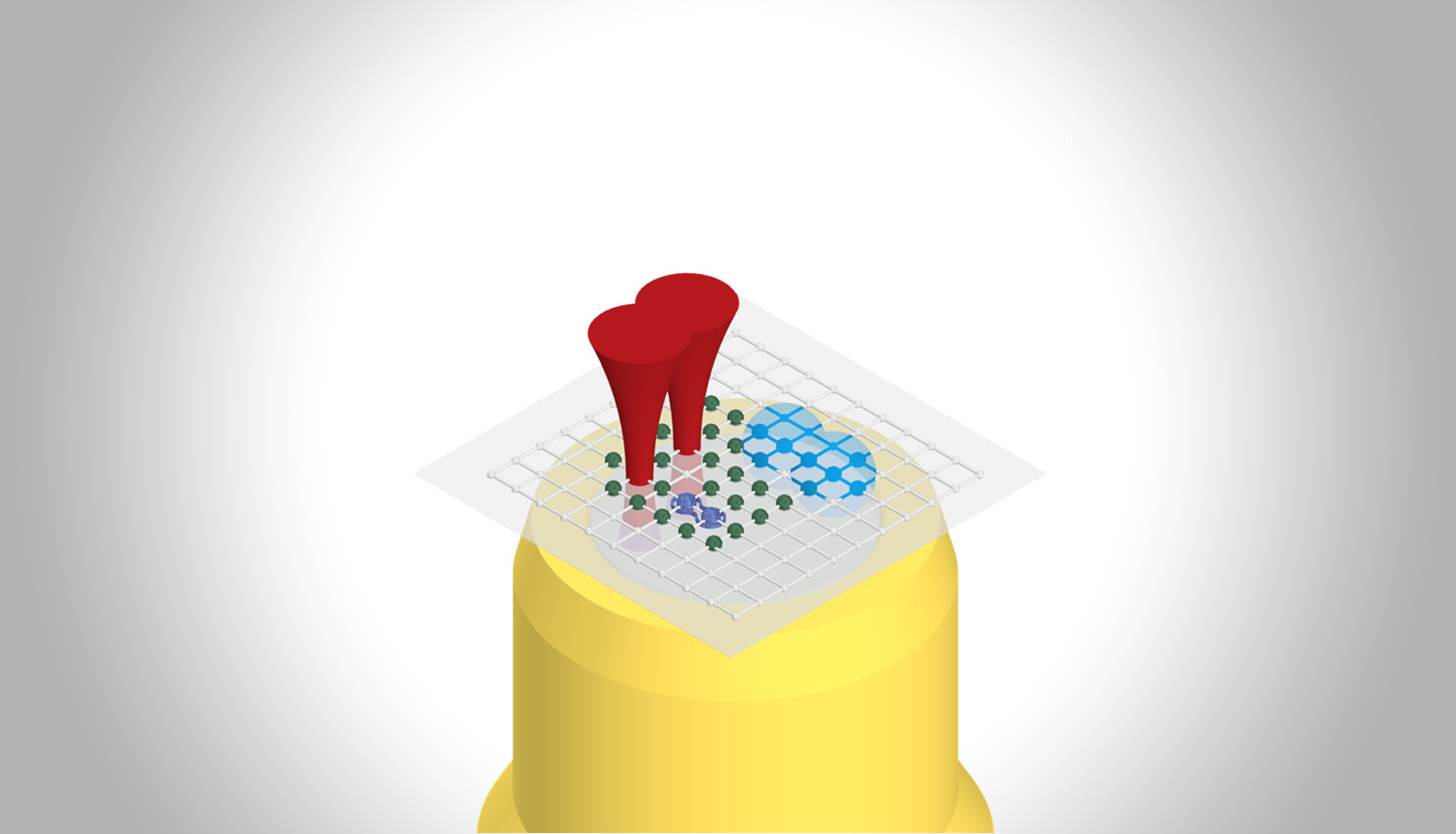Creating the Future
Doctoral ProjectsDoctoral Projects
Every year, the Hector Fellow Academy supports several doctoral positions for promising young scientists from all over the world. Under the supervision of a Hector Fellow, they will work on their innovative doctoral projects over a period of three years. In addition to financing their positions, they receive additional research funding from the Academy and take part in further training events.

Current projects
The following doctoral projects projects are supported
High-resolution 3D mapping of the human hypothalamus in 10 postmortem brains
Alexey Chervonnyy – Hector Fellow Katrin Amunts
Our study aims to analyse and map the cytoarchitecture of the human hypothalamus in histological sections of 10 postmortem brains. As a result, we want to develop a high-resolution 3D reconstructed histological model of the hypothalamus and its nuclei as a tool for assessing the structure-function relationship and a probabilistic cytoarchitectonic map of the hypothalamus that will reflect the variability of hypothalamic nuclei between individual brains, in terms of size and location in standard reference space.
Systems biology approach for elucidating bacterial revival after antibiotic treatment
Adewale Ogunleye – Hector RCD Awardee Ana Rita Brochado
The ability of non-resistant bacterial pathogens to survive antibiotics during infection (tolerance) contributes not only to global rise of antibiotic resistance, but also to chronical relapse of infections. The aim of the project is to understand what contributes to bacterial revival after antibiotic treatment and the underlying biological pathways. The findings of this project will contribute to better informed decisions on the selection of antibiotics to treat infections and prevent relapse.
Strategies to escape viral infection in archaea
Zaloa Aguirre – Hector RCD Awardee Tessa Quax
Viruses are the most abundant biological entities on Earth. Although they infect members of the three domains of life, little is known about the infection mechanisms of archaeal viruses. The aim of this research is to gain insight into the interaction between halophilic archaeal cells and their viruses by using a combination of light and electron microscopy with molecular biology and virological techniques.
Security and Anonymity in Quantum Networks
Ziad Chaoui – Hector RCD Awardee Anna Pappa
Due to technological advances we can now build devices that actively manipulate quantum mechanical objects, and using quantum objects as information carriers has many important implications for future communication. Quantum information can be used to achieve perfect security and provide efficiency for communication networks. This research project focuses on designing secure and anonymous quantum communication protocols in an effort to build a future quantum internet.
Land Subsidence & Groundwater Salinization in the Mekong Delta
Felix Dörr – Hector Fellow Franz Nestmann
Land subsidence and groundwater salinization are existence-threatening environmental changes in the Mekong Delta (MD). Their origin and process dynamics are not fully understood yet. By innovative measurement technology, field/lab investigations and numeric modeling, a comprehensive understanding of the processes is developed and the effect of potential countermeasures can be examined. The elaborated knowledge is the basis for sustainable water concepts in the MD and other delta areas worldwide.
Mitochondrial DNA mutational landscape in human T cells
Yu-Hsin Hsieh – Hector RCD Awardee Leif Ludwig
T cell differentiation and function are tightly regulated by numerous cellular processes, including cellular metabolism, which can be significantly affected by mitochondrial DNA (mtDNA) mutations. However, the impact of mtDNA mutational burden on T cell differentiation and functional heterogeneity remains poorly understood. Thus, this project aims to characterize the mtDNA mutational landscape and its functional consequences in human T cells using single-cell multi-omics approaches.
Main group heterohelicenes for applications in organic electronics and catalysis
Jan Niedens – Hector RCD Awardee Agnieszka Nowak-Król
This project is focused on the synthesis of novel helically chiral compounds containing diarylborole, arsole and stibole units. The aim of this research is to obtain materials with improved optical and electronic properties by joining helical chromophores via boron as a spiro-atom. Additionally, helicenes containing arsenic and antimony could be used as ligands in asymmetric catalysis due to their higher stability towards oxidation, compared to the common phosphine analogues.
Defining novel resilience pathways in rare monogenic disorders
Daniel Petersheim — Hector Fellow Christoph Klein
In the EU alone, approximately 30 million people are affected by a rare disease, many of them children. Most of the 6,000 to 8,000 rare diseases known to date are caused by the altered function of a single gene (Boycott&Ardigó, 2018). This project under the supervision of Prof. Christoph Klein aims to develop innovative strategies for precision medicine in rare diseases by (i) re-wiring aberrant molecular networks for therapeutic purposes and (ii) identifying novel “druggable” targets using CRISPR-Cas9-mediated genome-wide screens.
Helicity Preserving Cavity for Circular Dichroism Enhancement
Philip Scott – Hector Fellow Martin Wegener
Most modern drugs are made up of one handedness of a chiral molecule (one enantiomer). In many cases, depending on the handedness of the enantiomer, the drug could have either beneficial or harmful effects, thus is it desirable to be able to detect the handedness. Circular dichroism (CD) spectroscopy can differentiate between the handedness due to differential absorption of circularly polarised light but suffers from weak signals; therefore, a method that can enhance the signal is desired.
Realizing a Quantum Processor based on Strontium Rydberg Atoms
Maximilian Ammenwerth – Hector Fellow Immanuel Bloch
In this project, an innovative quantum gas microscope is developed that makes use of optical tweezers to rearrange neutral strontium atoms into configurable and defect-free patterns. This allows for rapid initialization of the system and serves as a starting point for the analog simulation of quantum many-body systems and as a qubit register for digital quantum computing. Exploiting long-range Rydberg interactions enables the simulation of spin models and the implementation of quantum logic gates.
The investigation of the formation- and purpose of black matter in anaerobic methane oxidisers and methanogens
Stian Torset – Hector Fellow Antje Boetius
The project investigates the structure, purpose, and mechanisms of origin for amorphous carbon formed by methanogenic and methane-oxidizing archaea. I will use advanced biophysical, computational, and genetic tools to determine the genes, proteins and structures, including the molecular mechanisms involved in the formation of this carbon. Potential applications will be assessed. The project is supervised by Hector Fellow Antje Boetius.
Alumni projects
Find here an overview of the already completed projects.




